What it’s like living with ADHD
ADHD is a disorder that affects the brain’s ability to focus, remember, sleep, and feel certain emotions. If ADHD can be better understood, then it may help you build stronger relationships with your family or peers that may struggle with it.
ADHD can be a debilitating disorder, but does it have to be?
*The following story was authored by 8th grader Betsy Neal, a member our middle school journalism team*
ADHD… You’ve probably heard of the disorder before, but have you ever wondered what it really is? What’s really going on in the ADHD brain? What it’s like to live with ADHD?
Well, standby and welcome to my world!
ADHD, just by its acronym, sounds like a lot, doesn’t it? The acronym stands for Attention Deficit Hyperactivity Disorder. Generally speaking, ADHD is a disorder that affects the brain’s ability to focus, remember, sleep, and feel certain emotions.
And you’re right, the disorder is very complicated. But if ADHD can be better understood, then it may help you build stronger relationships with your family or peers that may struggle with it.
First, let’s with a stereotype. A common stereotype of kids with ADHD is that they are all hyper and not focused. You may have heard someone say, “Well, everybody is a little ADHD.”
The truth is, though, that everybody can get unfocused, or a bit hyper, but not everyone is “a little bit ADHD.” There is a lot more to ADHD than this generalization illustrates and a lot more science behind it.
Let’s start by talking about how ADHD affects the brain. The complex answer is, according to Dr. Luigi Thomas, an expert in ADHD, “ADHD is a neurodevelopment brain disorder where the brain produces abnormally low levels of neurotransmitters transferring between the prefrontal cortical area, and lacks a high amount of dopamine.”
Complicated, isn’t it? Let’s break it down in a more understandable way.
First of all, ADHD is a growth disorder that affects the nervous system; it’s a genetic growth condition. ADHD brains cannot process or take in information like other brains. If we go back to talking about transferring neurotransmitters (a type of nerve that signals messages throughout the brain), ADHD brains have the issue that the nervous system cannot transfer information regularly because it lacks dopamine.
So, what exactly is dopamine? Dopamine is a chemical in the brain that functions as a neurotransmitter; it is a chemical released by nerve cells that sends messages to other nerve cells.
Dopamine is what helps the brain focus and plays a major role in motivated behavior; in other words, dopamine provides the good “self-talk” that “keeps you going.”
But with ADHD, it’s easy to get down on yourself. People with it are often perceived by their peers to be always happy and hyperactive, but often that is not the case. Those of us with ADHD commonly experience a lot of stress built up over school struggles, emotions, and lack of sleep, just to name a few.
All this is mainly because of the lack of dopamine. Dopamine is responsible for helping the brain focus and maintain energy, and thus, the lack of it causes many problems.
Having ADHD affects emotions significantly. In ADHD brains, a huge issue that many don’t understand is that it is extremely hard to regulate emotions, socially and mentally. For example, let’s say a girl with ADHD is super hyped for her volleyball team at a game. She’s being really loud and her energy is through the roof! Her friend tells her, “You need to chill out” (in other words, “you’re being obnoxious”) but she didn’t even notice herself doing it.
That energy will most likely drain and may turn to anger. This is because, for the ADHD brain, controlling the emotion is very hard. It doesn’t take much to set off a rollercoaster of emotions.
So try to be understanding of your friend’s emotions: stay calm, try not to get angry, and be accepting of their condition and struggles.
ADHD in boys and girls is different. Girls tend to be more emotional and unfocused, while boys tend to be more hyperactive; however, both boys and girls share some variety of the symptoms. ADHD in every person is unique.
In my case, emotions, sleep, and time management are my biggest obstacles.
I also interviewed some middle schoolers struggling with ADHD to find out their biggest obstacles.
Eighth-grader Sarah Sheck said, “It’s hard to keep a conversation going without interrupting or drifting off.”
As said before, the disorder is harder to spot in girls. This is because the symptoms in girls are more subtle. For example, I wasn’t diagnosed until I was nine. With more studies on this condition, diagnoses have been clarified earlier, but some people are still being diagnosed late.
That being said, some people are even diagnosed in adulthood. My dad didn’t know he had it until I was diagnosed, but his case makes sense because ADHD is a genetic disorder.
Sleep can be very hard for people with ADHD; our minds race all night.
Seventh-grader Even Crowe said, “I struggle with sleeping, and paying attention to my teachers.”
ADHD brains experience delays in the release of melatonin, which is a chemical in your brain that makes you feel tired and sleepy. Because of the lack of rest, kids with ADHD can develop Circadian Rhythm Dysfunction.
In school, because messages in the brain don’t process well, learning things can be very difficult, even for the “easy” school work. I didn’t get the hang of reading until third grade, and I still have a math tutor, even at age 13. But I’m not ashamed, and I’m not afraid to admit it. People with ADHD are as smart as everyone else—it just takes longer to learn things, and we need a little more guidance.
Following instructions can be hard, because memory is another struggle (both long-term and short-term). It’s not just running out the door and forgetting your phone—it’s also forgetting instructions, misplacing items, and acting impulsively without thinking. For example, throwing a meatball on the carpet for the dog and forgetting that tomato sauce stains (yes, I did that once).
Trouble with memory obviously affects schoolwork. It’s hard to remember instructions and assignments; that’s why it can be helpful to have an agenda. It can also be hard to manage time and start things that need to get done, like homework.
Coach Mahan (a doctor and expert in ADHD and ADHD “coach”) came up with a major ADHD concept called “the wall of awful,” which is a “wall” of built-up emotions that grows over time.
Coach Mahan explains, “Each failure brings negative emotions, like guilt and disappointment. These smaller emotions become stronger feelings of anxiety, shame, and even loneliness if one is repeatedly rejected because of their errors. Each time these negative emotions are experienced, another brick is placed into that person’s wall of awful.”
The wall of awful is a build-up of emotion, generally due to errors. Everybody has a few walls of awful, but people with ADHD tend to have more.
The “H” in ADHD stands for hyperactive. This is why people with ADHD need to move in order to focus. Moving increases levels of neurotransmitters and dopamine in the body, which therefore creates more focus. Unfortunately, most “fidgets” (small toys) are frowned upon in classrooms because students start to use them as toys instead of tools. Doodling is also pretty common and is considered a form of “fidgeting.” Many people with ADHD constantly move their leg in a fast bouncing motion. Author’s note: I’m doing it now without even realizing it.
To sum it up, ADHD is a real neurological brain disorder. People with ADHD are known for being highly impatient, having difficulty completing tasks, being quiet, not following instructions, losing things frequently, having high levels of energy, having trouble regulating emotion, and failing to pay attention.
But even though a lot of people experience some of these things, it doesn’t mean you should go around saying you have ADHD without a diagnosis.
These symptoms and the disorder are serious and real, often requiring medication to control.
But there is a silver lining to what seems negative. Studies show that people with ADHD can be more creative, innovative, more likely to take risks, spontaneous, social, and energetic. ADHD brains can also multitask better and hyperfocus.
So, it’s not all bad! In the end, people with ADHD struggle with many things in everyday life, but on the upside, they may get the win in other areas—like the art show or the school musical.

Betsy Neal is a contributing photographer for The Gauntlet. She enjoys covering sports and school events.



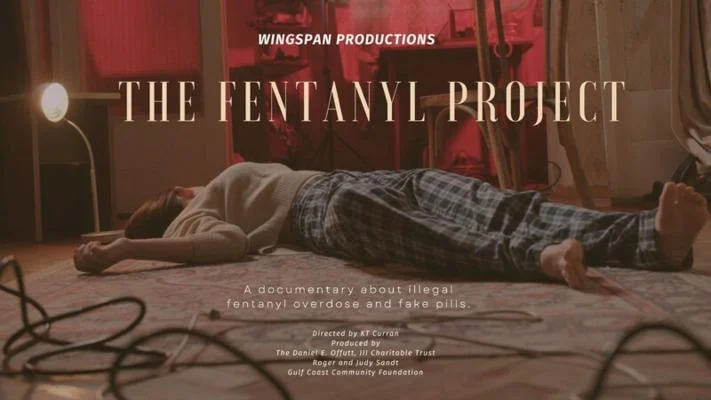
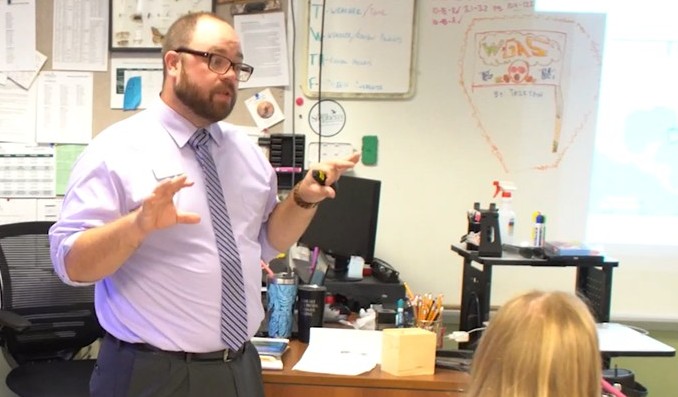

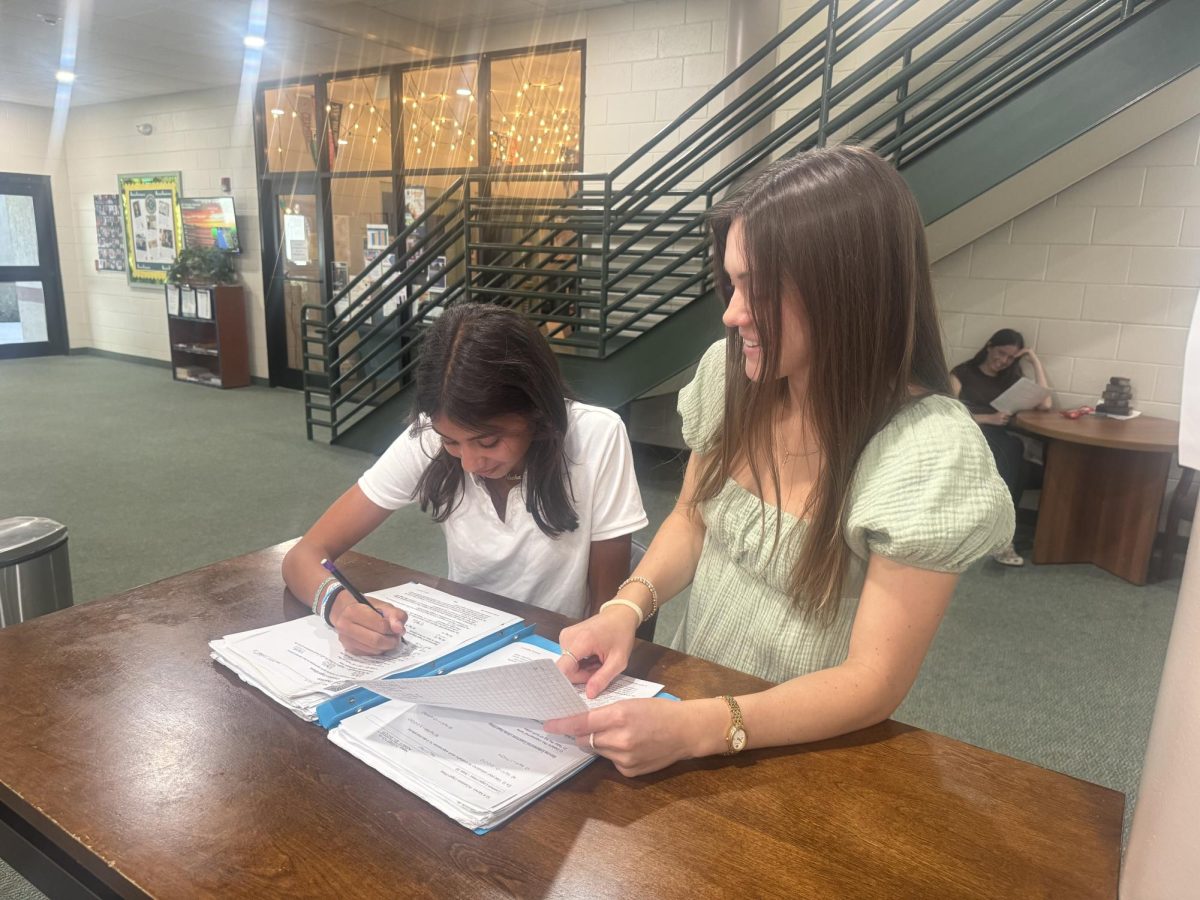


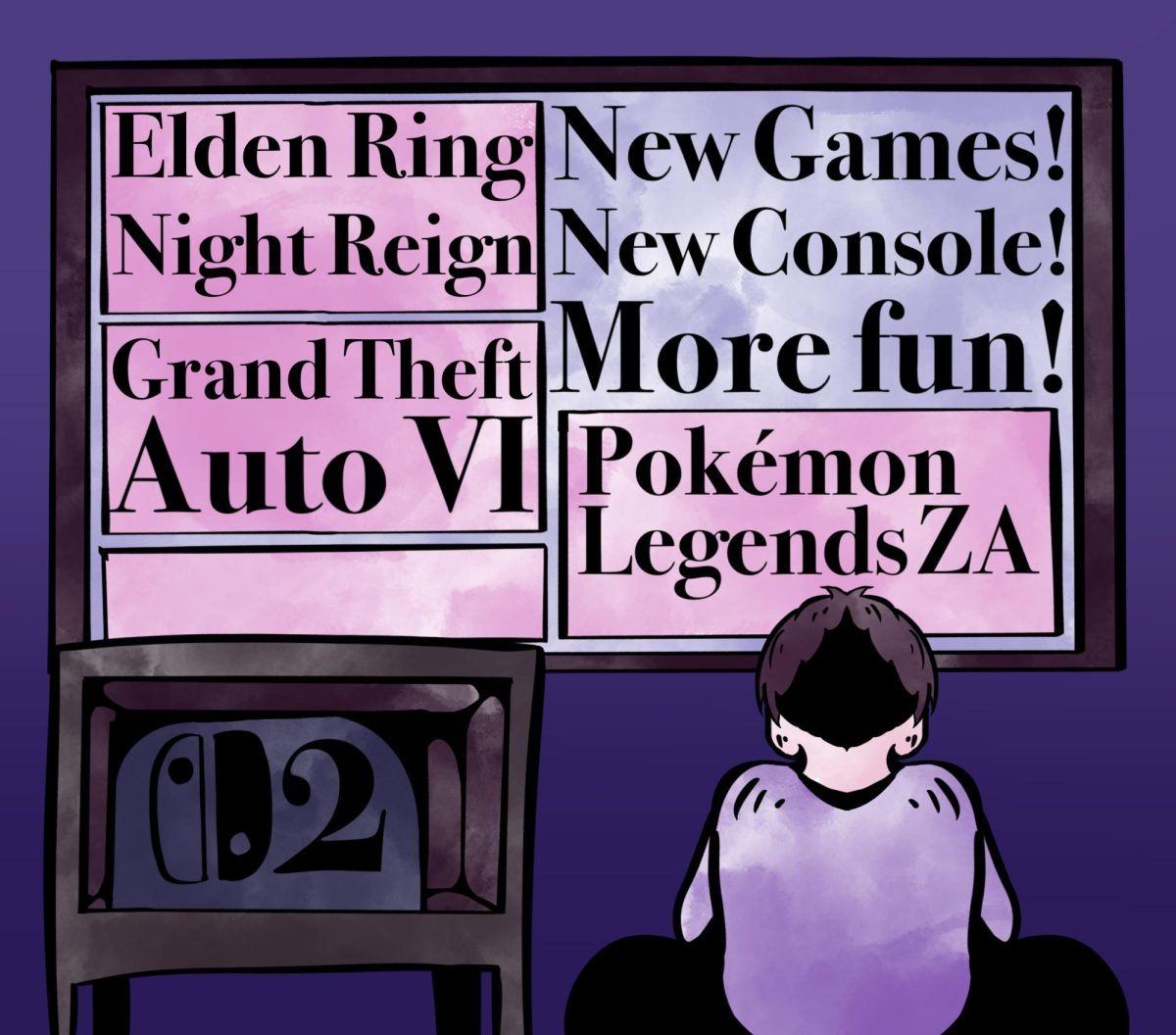


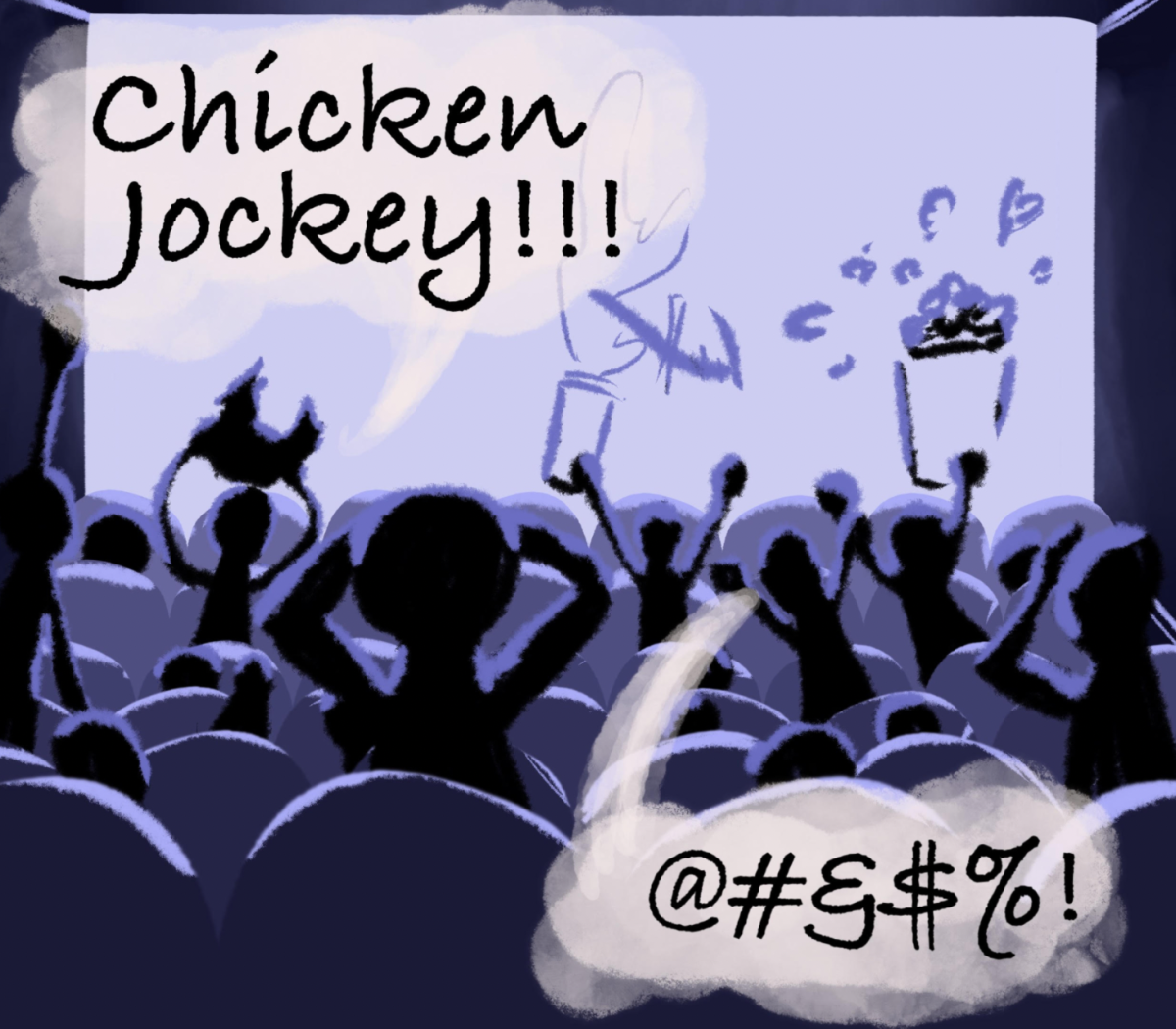



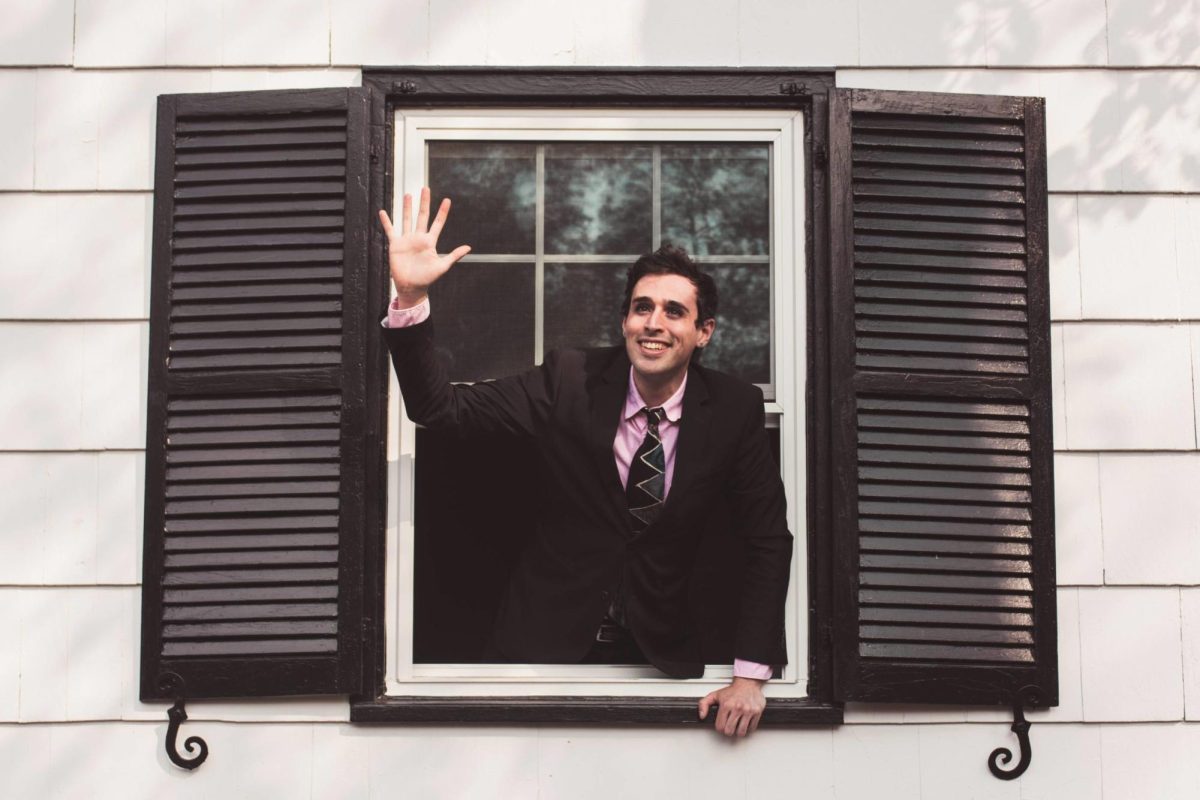




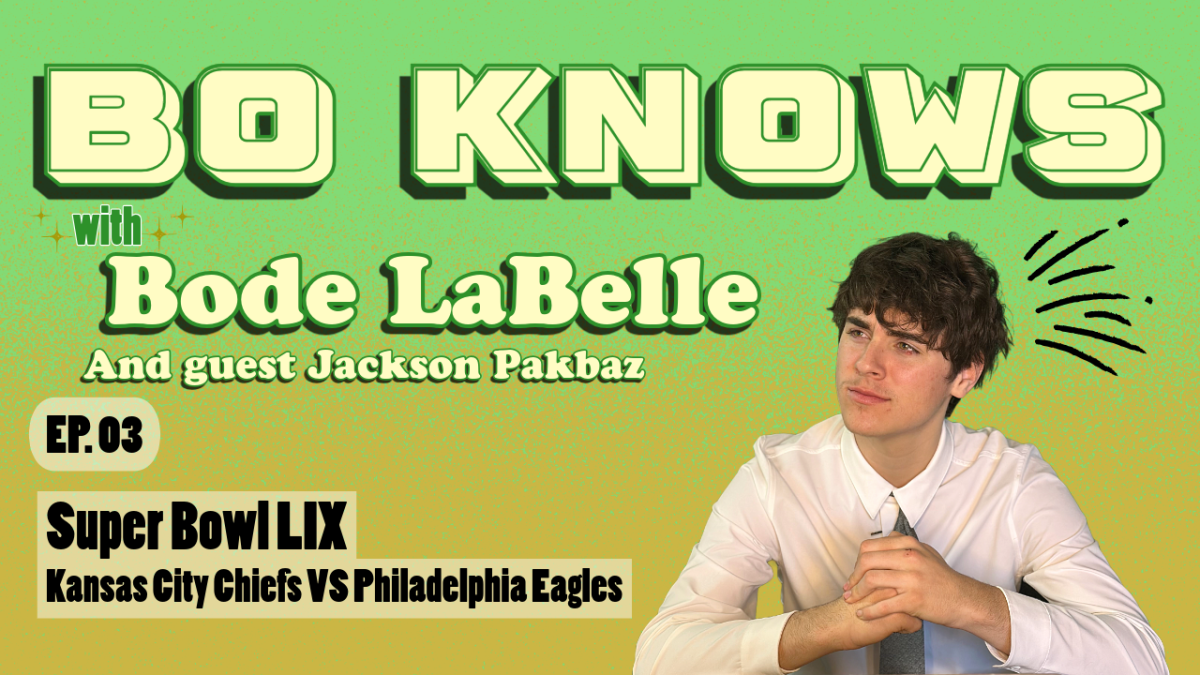
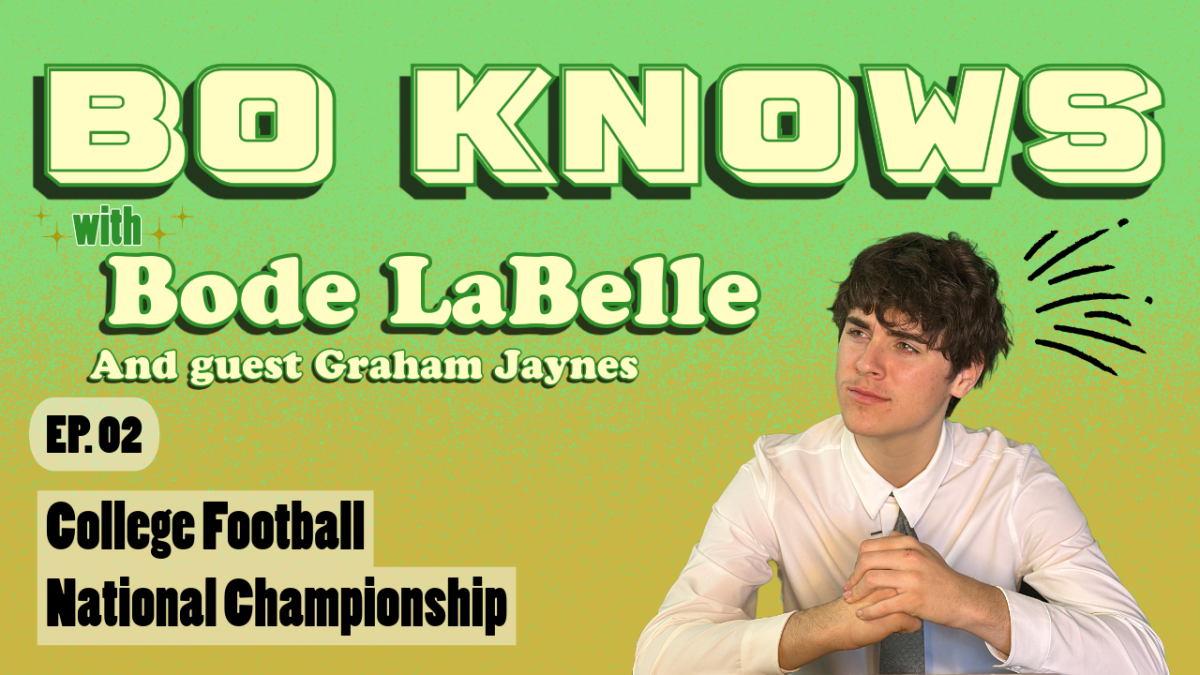
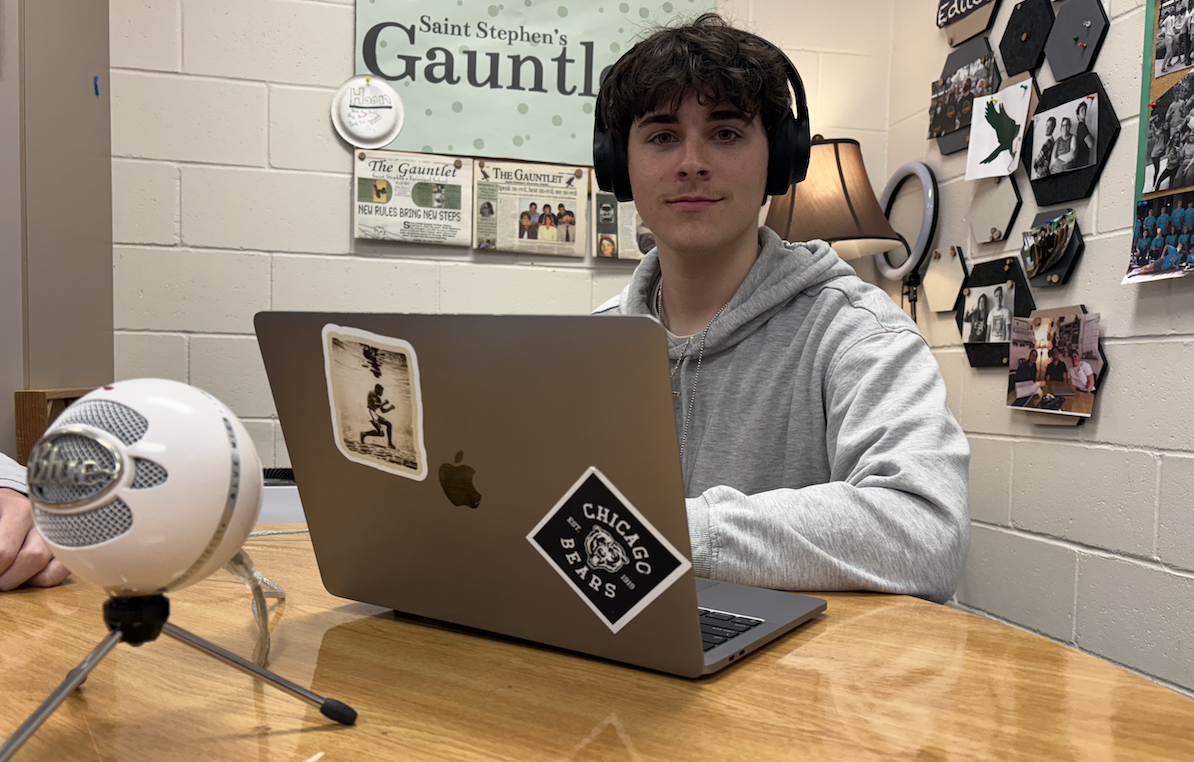

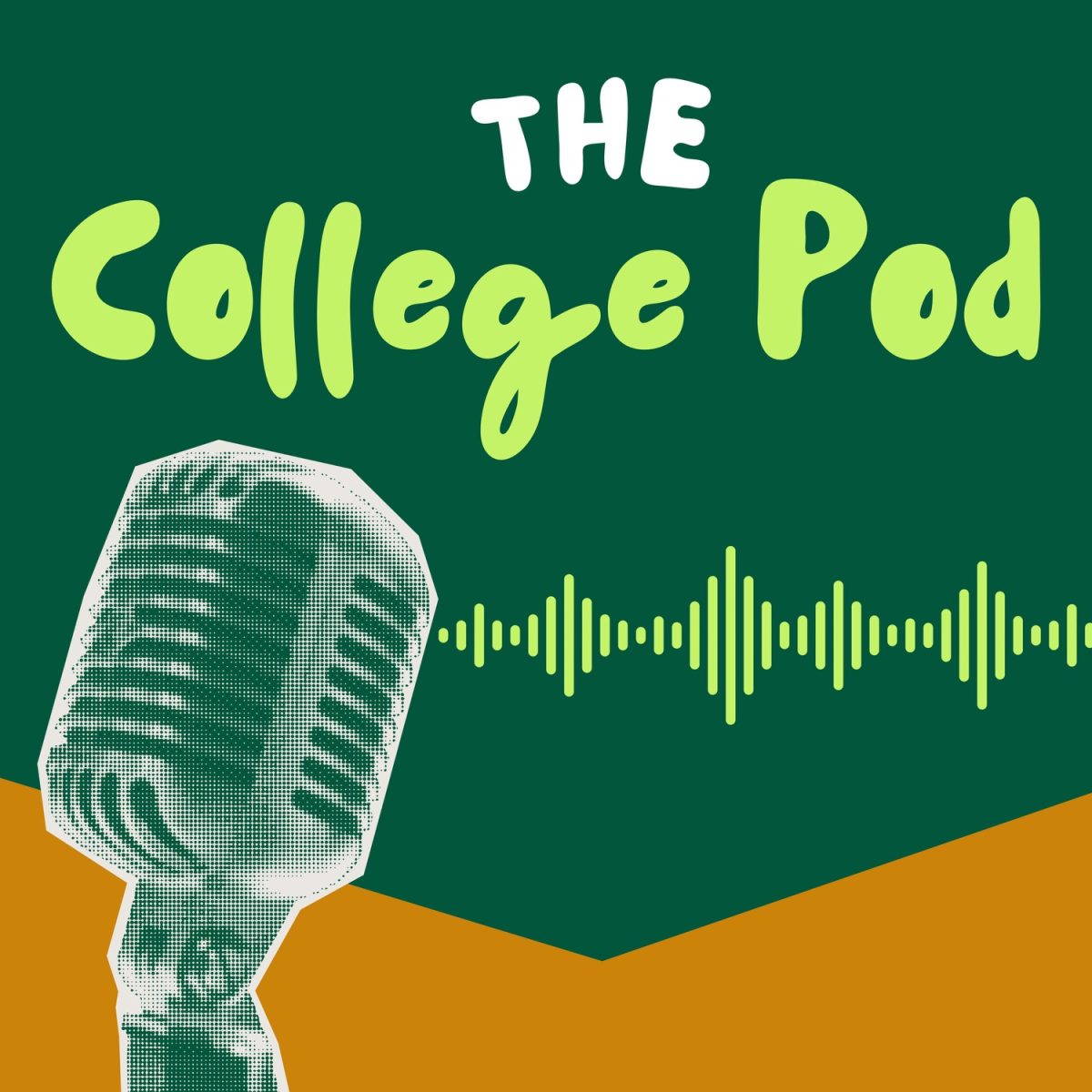


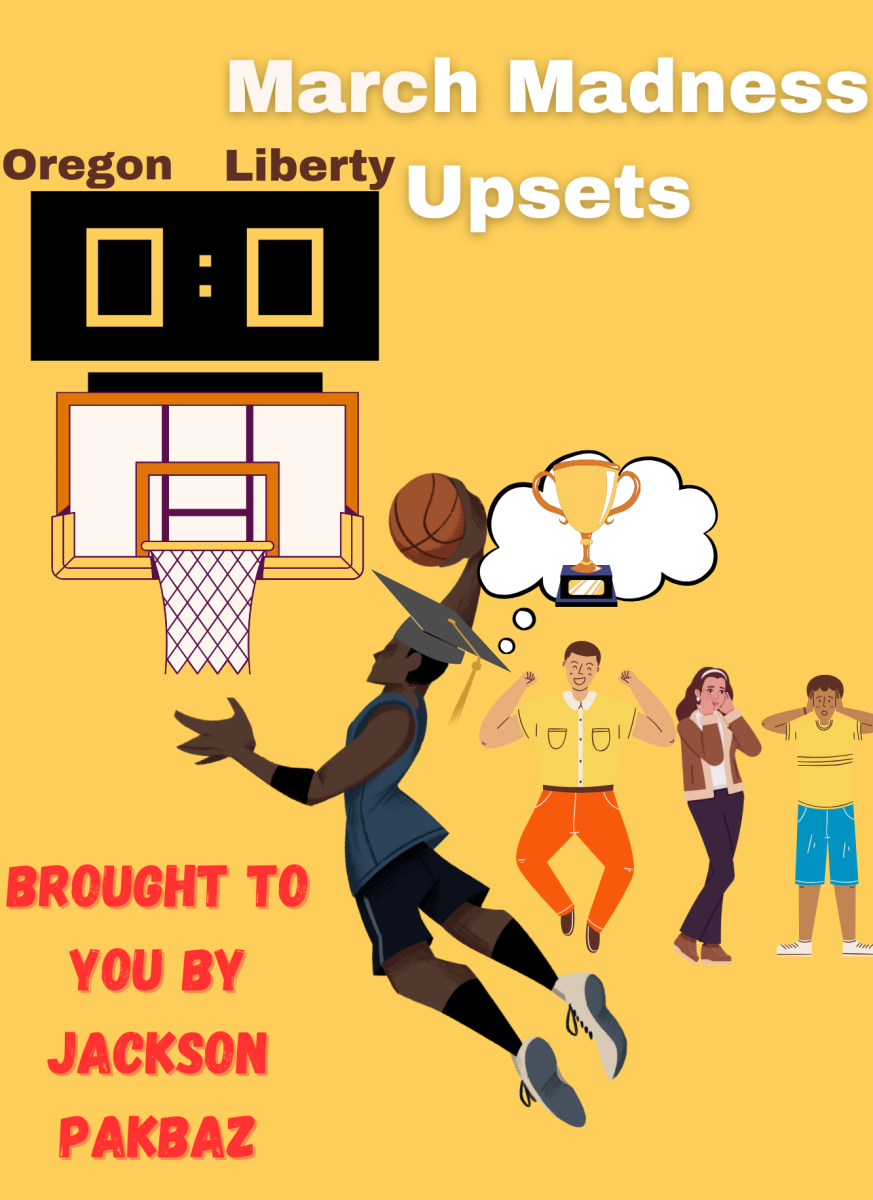



















Kacy Crstal-Spoerer • Feb 10, 2021 at 1:36 pm
Betsy, you did a truly __terrific__ job on your article about AD(H)D (I always put a parenthesis around the “H” because I, like SO many women, am clearly “ADD” and know that the “H” represents __only ONE__ way that AD(H)D presents). You can be proud and grateful that you found out so early that you possess a somewhat “different” brain AND… that you have wonderful, understanding support from your parents… you Mom is even _in_ a training class with me now so she can support you (and others) better. Congratulations on what you have created here, may many other girls near your age read it because it can help them to understand what’s going on from the perspective of someone close to their age. I didn’t figure out what was “up” with me until I was 67 years old!!! I’d like to suggest something to you, if you like: check out a specific video on youtube, one of Jessica McCabe’s wonderful youtube-channel called “How to ADHD”: the title of the video I would like to recommend is “My 10 Favorite Things about Having ADHD”… it’s a so-called “attitude-changer”… and very true: https://youtu.be/wFCKa9CVzGU Enjoy!
Jason Skidmore • Oct 13, 2020 at 9:00 pm
Having A.D.H.D. adds another level of stress to my life because i will be thinking of other things during class and before you know it i’m behind an now i’m super stressed and depressed.
Mrs. Pommer • Mar 20, 2020 at 1:36 pm
This is a well-written and well-reported article! So glad you shared your experiences and your research with the school!
Kristin Winfree • Mar 18, 2020 at 8:51 am
I’m so proud of you, Betsy. You’re article is very informative and beautifully written. I know it took courage to write, but so many people will benefit from your bravery. I wasn’t surprised at all when I heard of your diagnosis a few years back, it just confirmed what I sensed before, that you were one cool kid! You probably don’t remember that visit at your granddaddy’s one summer years back I do, and we just clicked playing Mousetrap and hanging out on the beach. I’m so proud to be your cousin and you’re going to do great things in this world. Keep going Betsy, and you always have my prayers!!!
Much love,
Cousin Kristin
Larry Cavalluzzi • Mar 16, 2020 at 5:11 pm
Great article Betsy! Very informative. Thank you for sharing your experiences. Very proud of you.